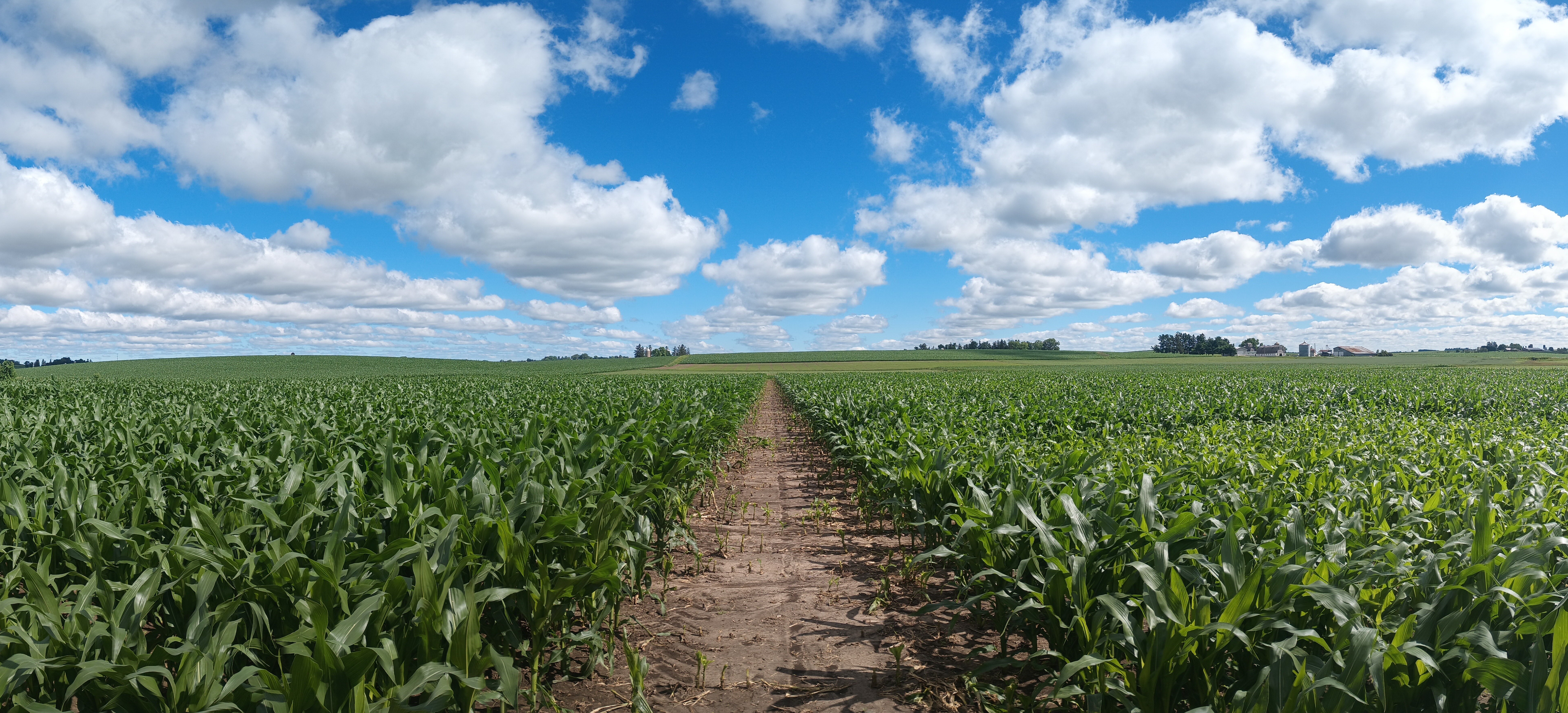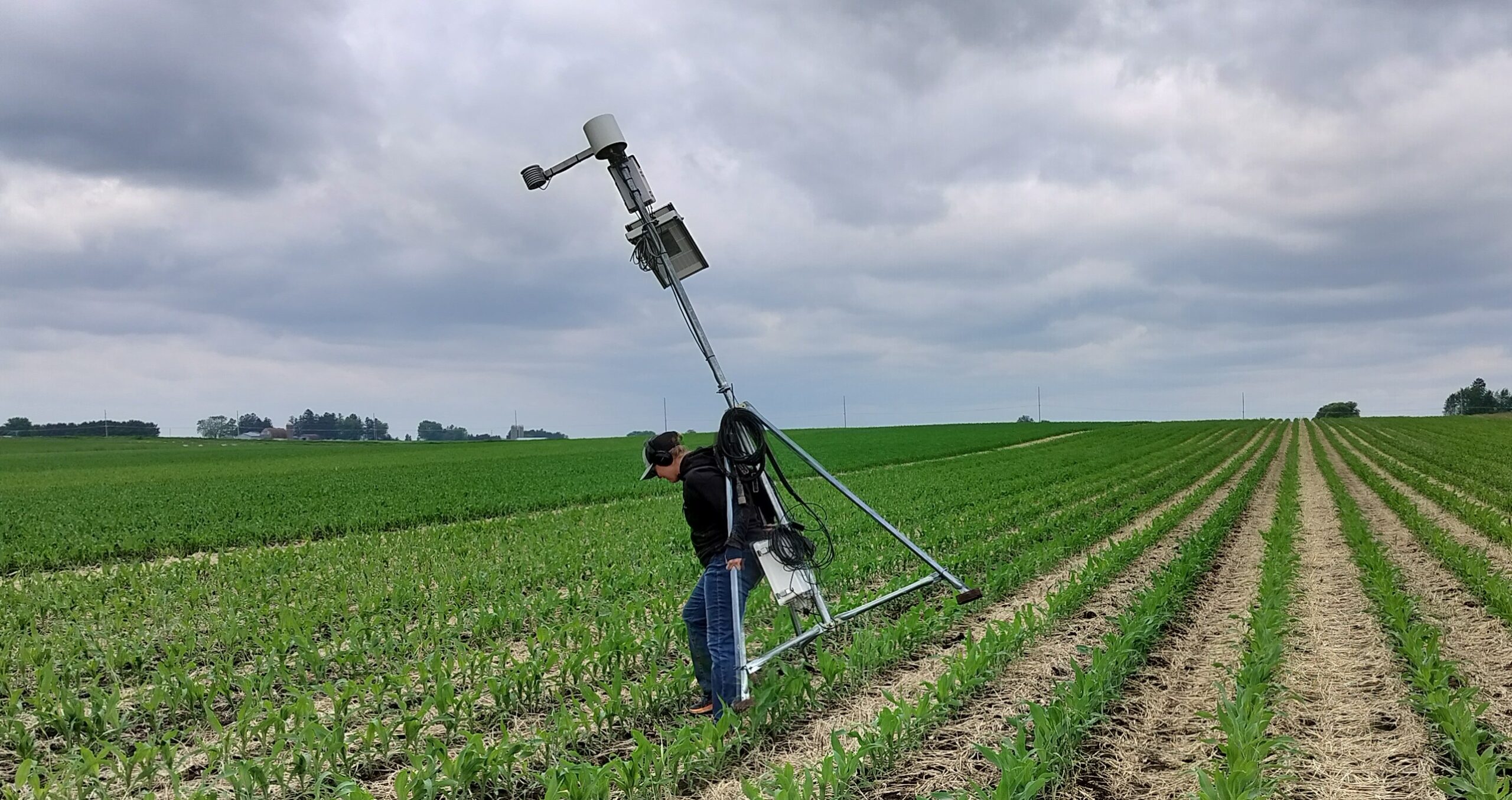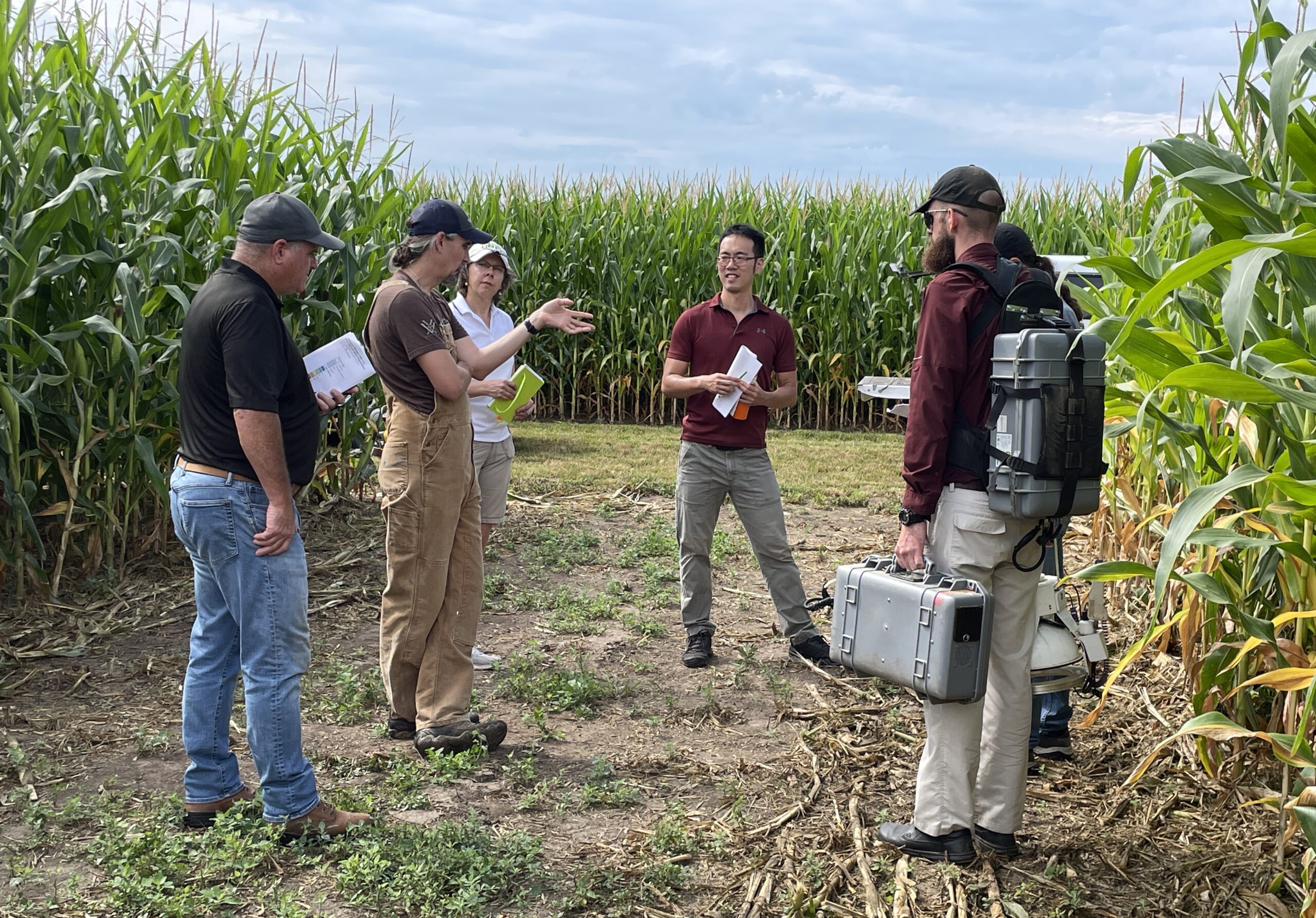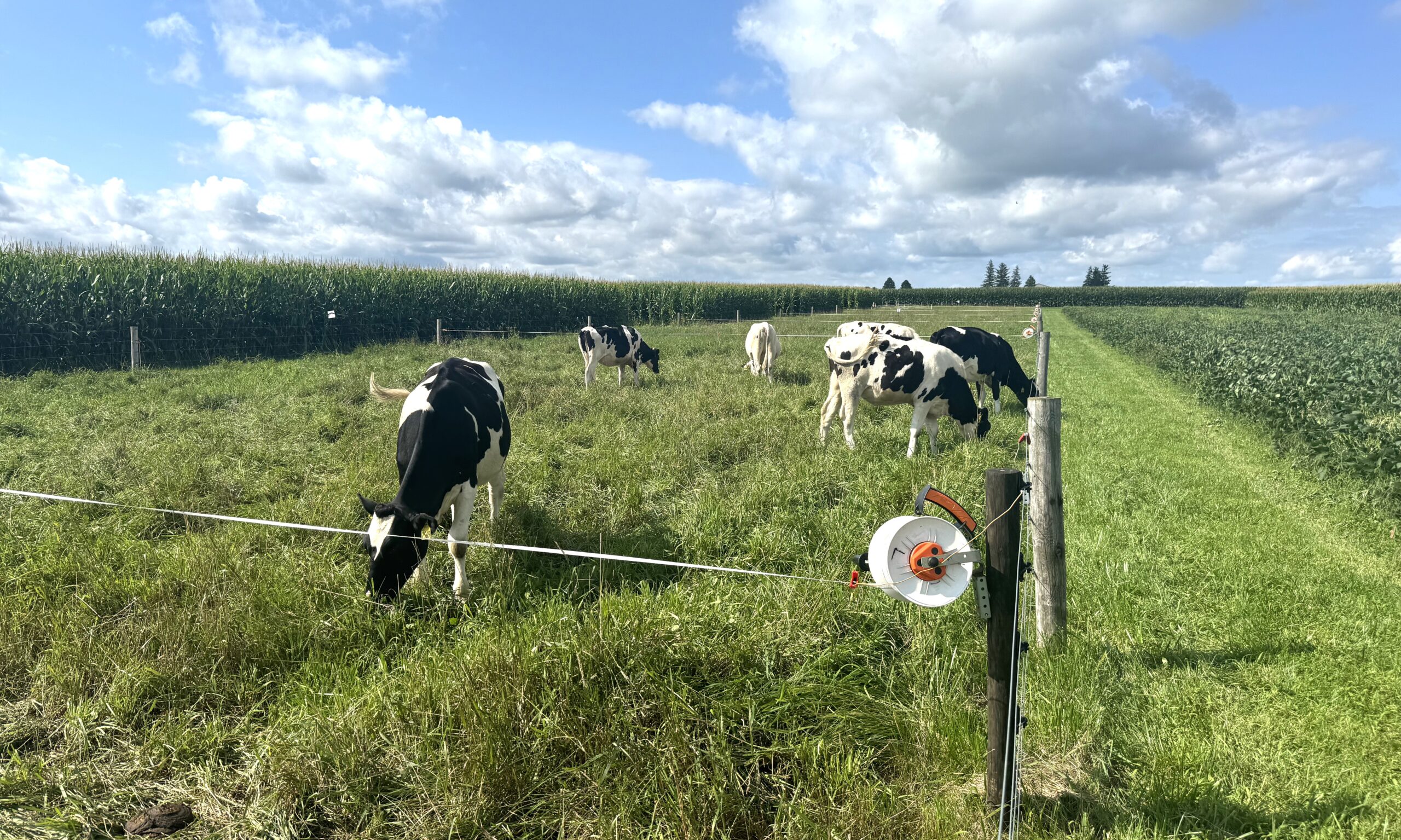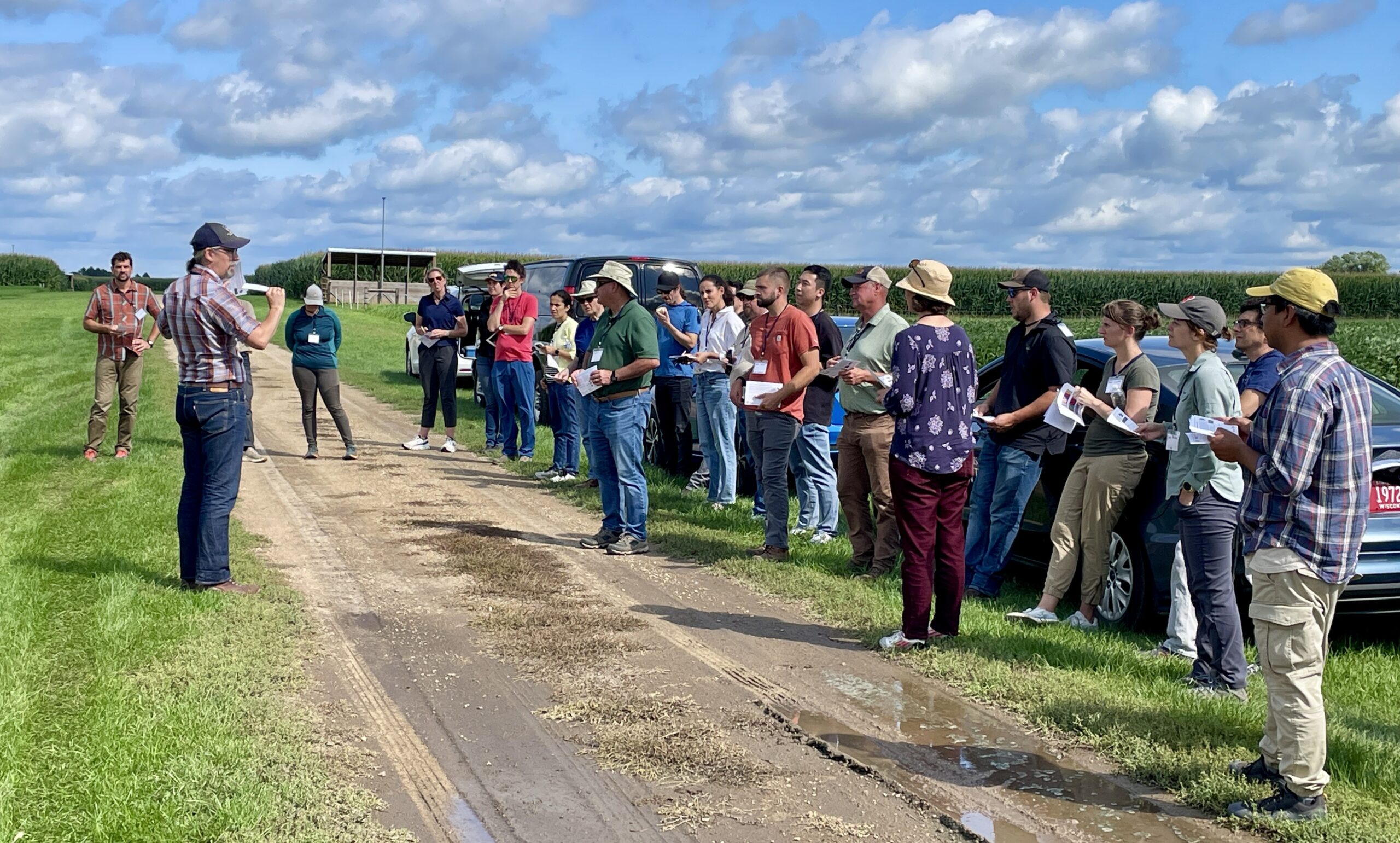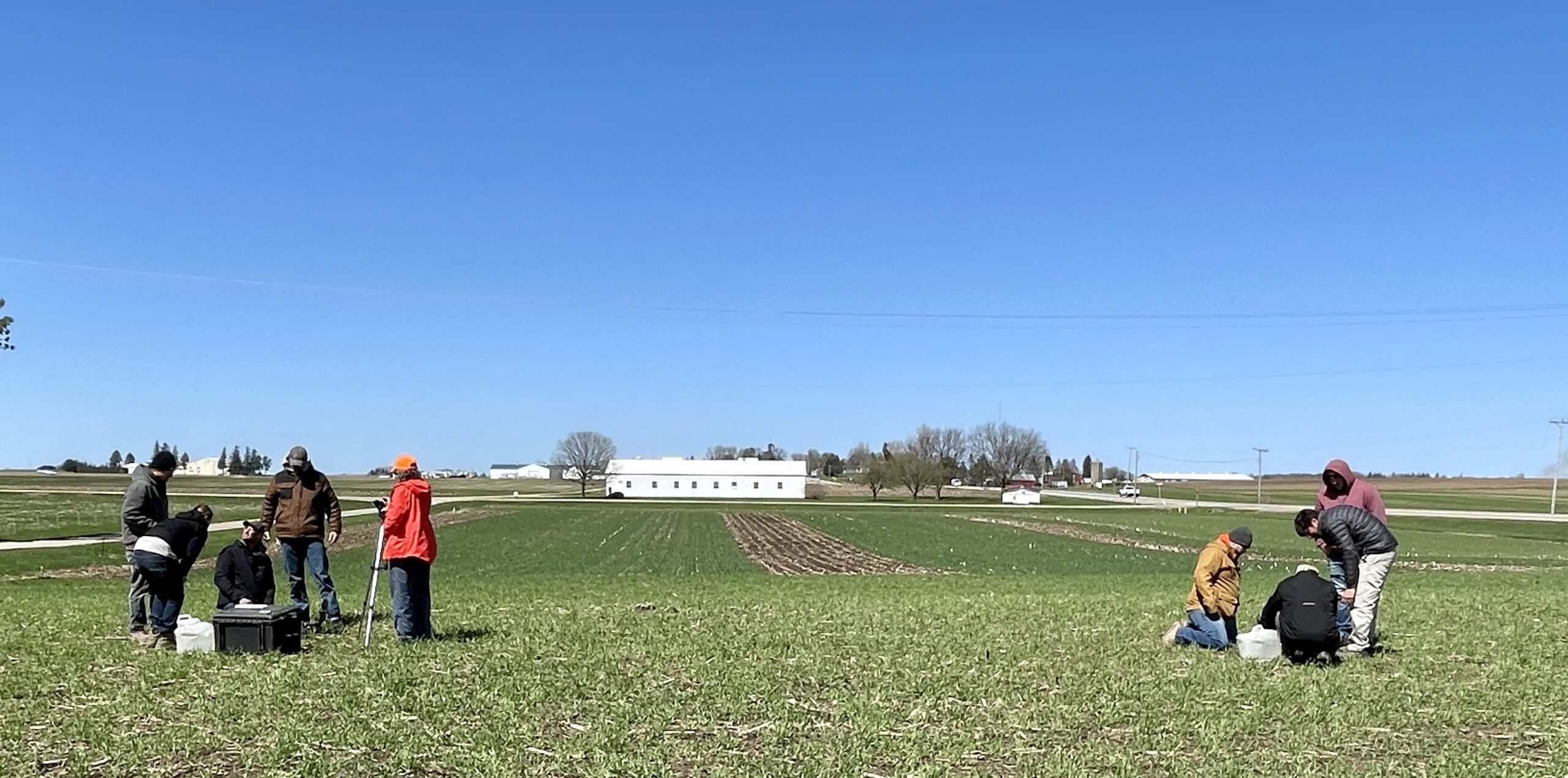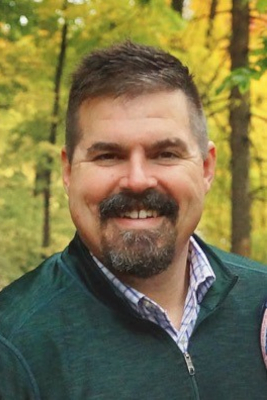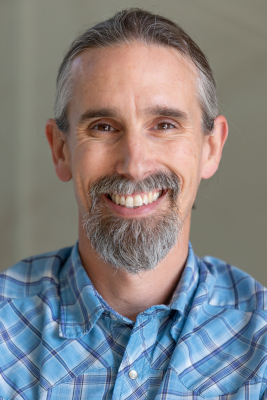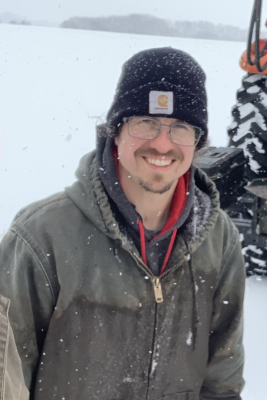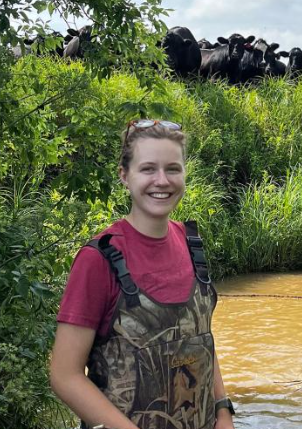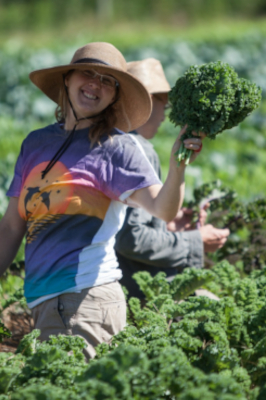University of Wisconsin-Madison

As part of the larger DSWR project, the UW-Madison team is helping to evaluate the effects of novel manure products and soil conservation practices on greenhouse gas (GHG) emissions, soil organic carbon storage and soil health parameters such as water infiltration and aggregate stability.
The UW-Madison team is overseeing three DSWR project experiments: a large plot experiment to assess the effects of novel manure products and soil conservation practices, a field-scale experiment to understand the interactions between soil management practices and soil hydrology and a large plot experiment to quantify the amount of nitrogen fertilizer that can be replaced by novel manure products.
The experiments are located at the Arlington Agricultural Research Station in south central Wisconsin. The research sites are characterized by highly fertile soils that are typical of the U.S. tallgrass prairie.
This work will help to determine the overall impacts of manure products and soil conservation practices on GHG emissions and soil health. When combined with the results from other DSWR project experiments, this information will help to calibrate process-based models and inform policy and decision-making.
Department of Plant and Agroecosystem Sciences »
Department of Soil and Environmental Sciences »

Figure: Wisconsin manure Nitrogen replacement value trial at the Arlington Agricultural Research Station.
